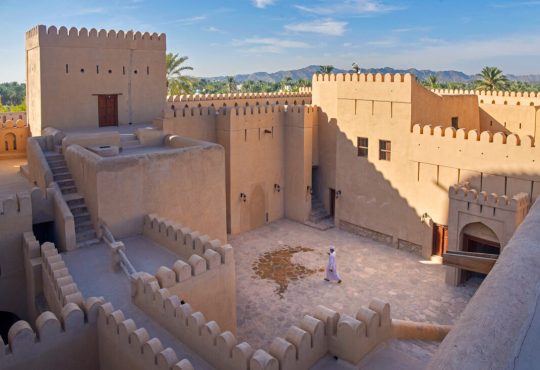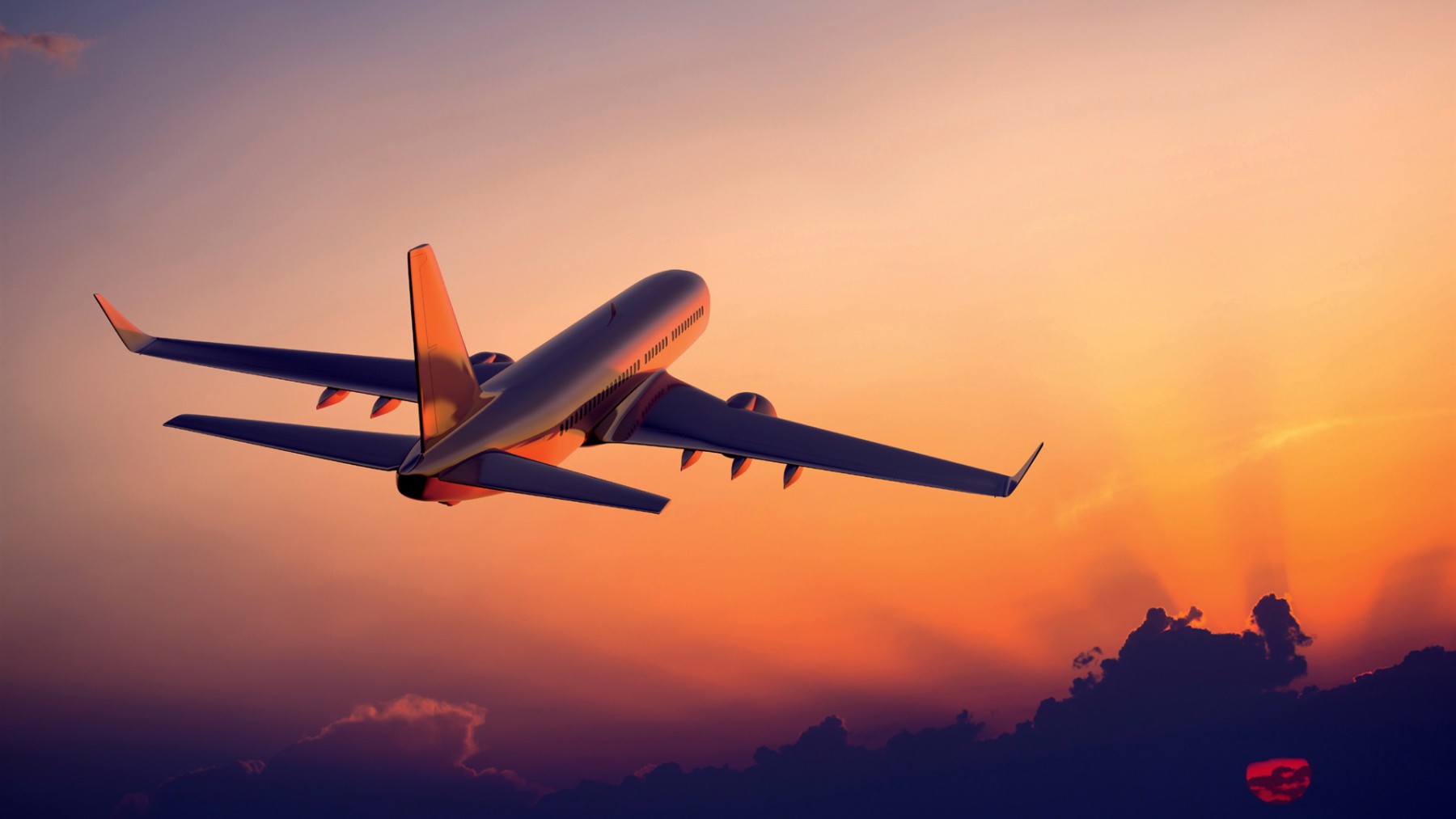
6 Risky Places to Travel to in the World
Thanks to the ease of traveling, it’s now easier to visit various places around the world. Nonetheless, anywhere you go, there will always be some risks. From scary lands, disaster-prone areas to war-shattered countries, here are 6 of the most dangerous places to travel to in the world.
1. Afghanistan
Traveling to Afghanistan is life-threatening because of critical levels of terrorist attacks, kidnappings, suicide bombings, hostage-taking, and many other menacing problems. The recurrence of these attacks continues to rise, with many killed and wounded across the country. These strikes take place with little or no warning and mostly target buildings like foreign embassies, commercial entities, schools, hospitals, public gatherings, tourist locations, non-governmental organizations (NGOs), residential compounds, mosques, and so on. Due to attacks on places like clinics, medical facilities become extremely limited. A few private clinics are good enough for minor health issues. However, if you are significantly sick or injured, medical evacuation would be required. Very often, evacuation recourse is also restricted because of geographic constraints, lack of infrastructure, and absence of security.
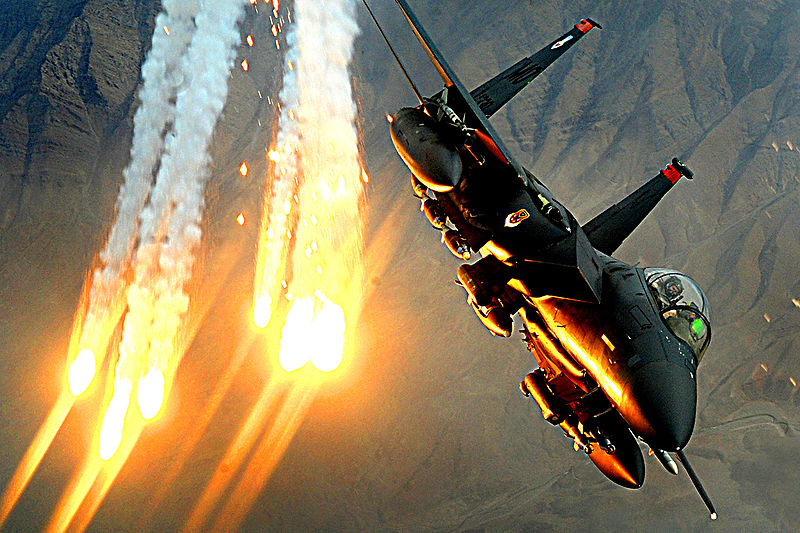
2. Madagascar
Despite its reputation of being an off the beaten track destination to travel to, the increased unemployment rates in Madagascar makes it a dangerous place to be. Political turmoils contributing to unemployment issues result in many crimes, specifically robberies and muggings. There are several cases of “smash and grab robberies” where thieves target vehicles stuck in traffic. Local villagers often also block the way by placing debris on the roadway and in turn offer to assist drivers for monetary compensation. Some commit theft from the car and others take the vehicle itself. Some areas, specifically the Avenue de L’independance, are full of aggressive beggars and street vendors. Most of them do not have the intention to harm but can be pushy and irritating in their sale pitch. Many times you’ll have to answer them a dozen times before they understand that you do not want to buy anything.
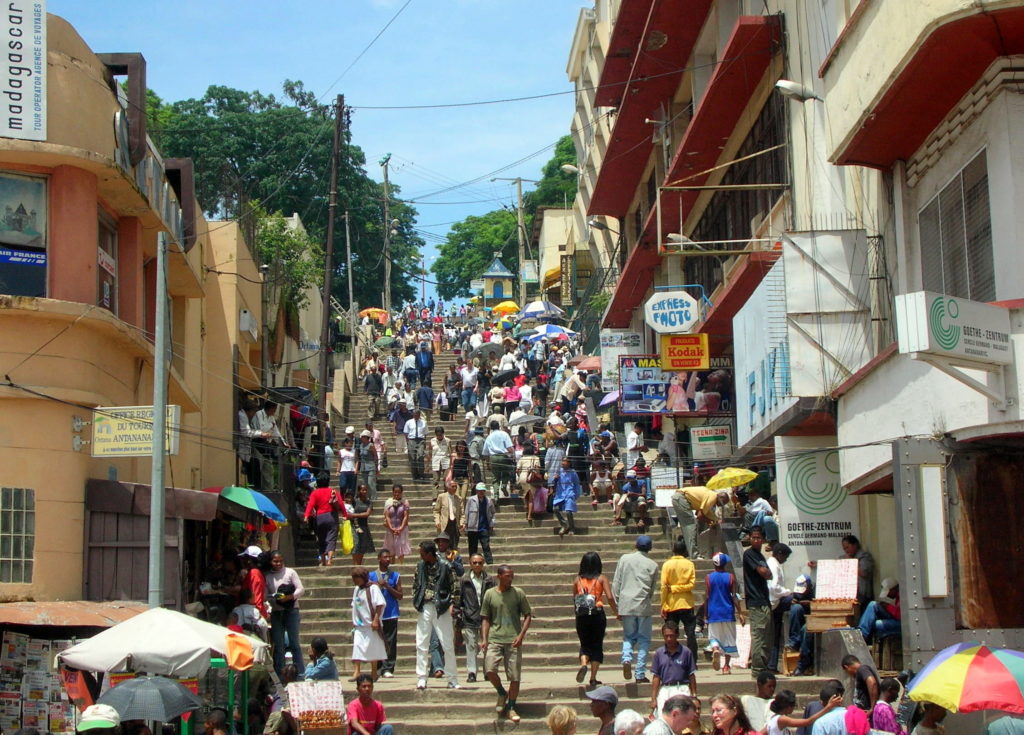
3. Mount Everest
Located in the sub-range of the great Himalayas, Mount Everest is the world’s highest mountain at 29,035 feet, that is, 8848 meters high. However, the highest mountain peak is an object of fascination for many explorers. Many people risk their lives for this deadly climb. The most common cause of death on Mount Everest is falling. Since it has ridges and soaring cliffs, climbers often lose their grip and fall over the edge. The weather is also a significant problem, with its wind speed being above 100 mph and the temperature from 10°C to -24 °C. For instance, in 2014, 16 people were killed on the southeastern face of Mount Everest by an ice avalanche. Others died due to overcrowding, scarcity of equipment like oxygen tanks, and other insufficient safety factors as well.
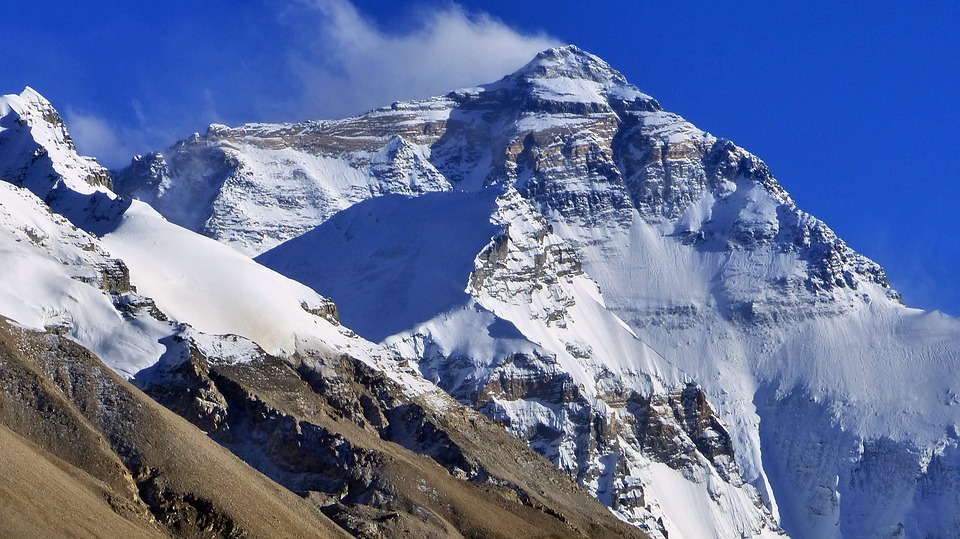
4. Antarctica
Traveling to Antarctica is unsafe for humans and can effortlessly be deadly. If you’re in Antarctica, the first thing you will have because of its freezing temperatures is frostbite, a cold injury due to prolonged exposure to low temperatures. This occurs as your body tries to conserve warmth to core organs and stops pumping blood to other parts. For instance, the hands and feet are mostly affected since they receive less blood supply. Other dangers include crevasses, the deep crack in ice sheets or glaciers where the ice is brittle. Sometimes crevasses are covered by snow which makes them invisible and cause humans to fall into it. Weighing up to 590 kg, the leopard seal can also be a threat to humans. Moreover, in 2003, the marine biologist Kirsty Brown was killed by a leopard seal that dragged her underwater. After all, there’s a good reason why Antarctica has no indigenous population.
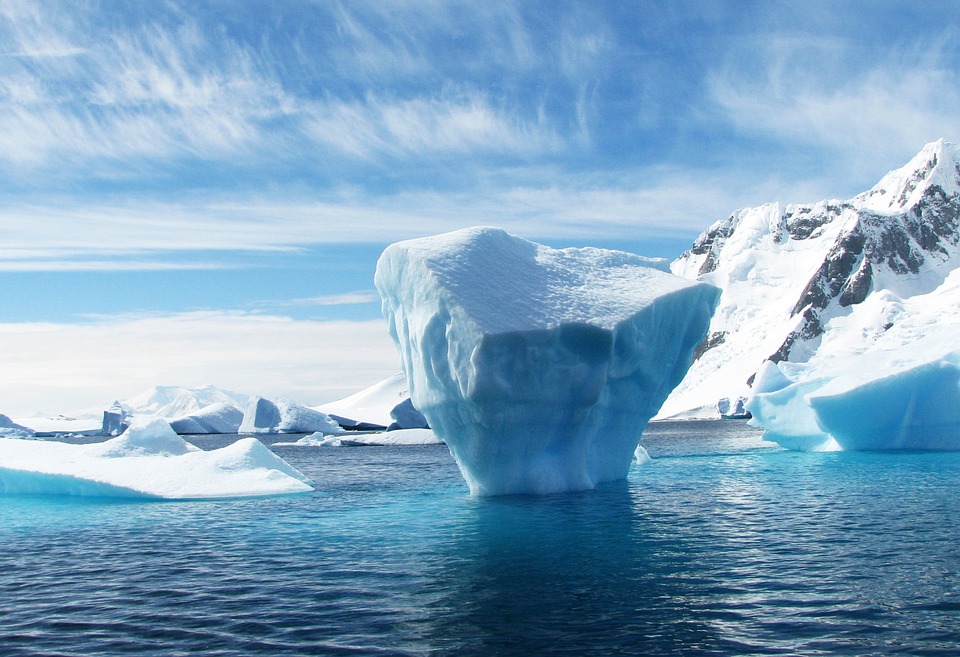
5. Miyakejima
Miyakejima is one of Japan’s volcanic islands in the Izu archipelago. The island is home to only about 2415 inhabitants. In 2000, a mass evacuation occurred since the island’s active volcano; Mount Oyama released a high level of harmful gases. Flights within the area were even stopped for over 8 years. Today, residents of Miyakejima carry masks with them all the time as the volcano continually leaks poisonous gases since its most recent eruption in 2005.
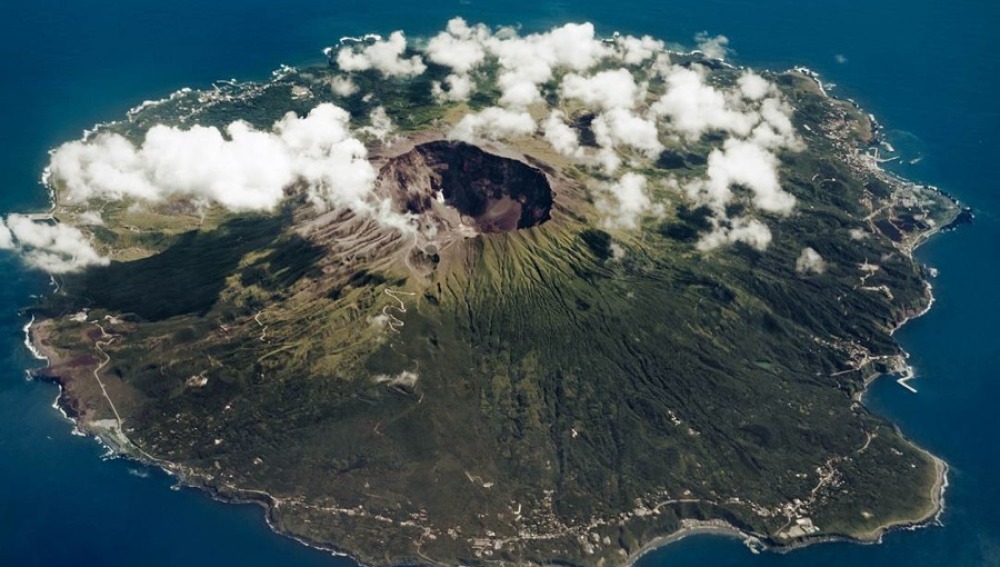
6. Ilha da Queimada
Ilha da Qeimada also known as the snake island, lies off the coast of Brazil. It is home to thousands of Golden Lancehead Vipers, one among the world’s most venomous snakes. Their venom could be fatal if you were to get bitten. Since there are no known predators for the Golden Lancehead Vipers, the snake population also increased. The Brazilian government strictly control visits to the island, allowing only a few scientists to study the snakes each year.
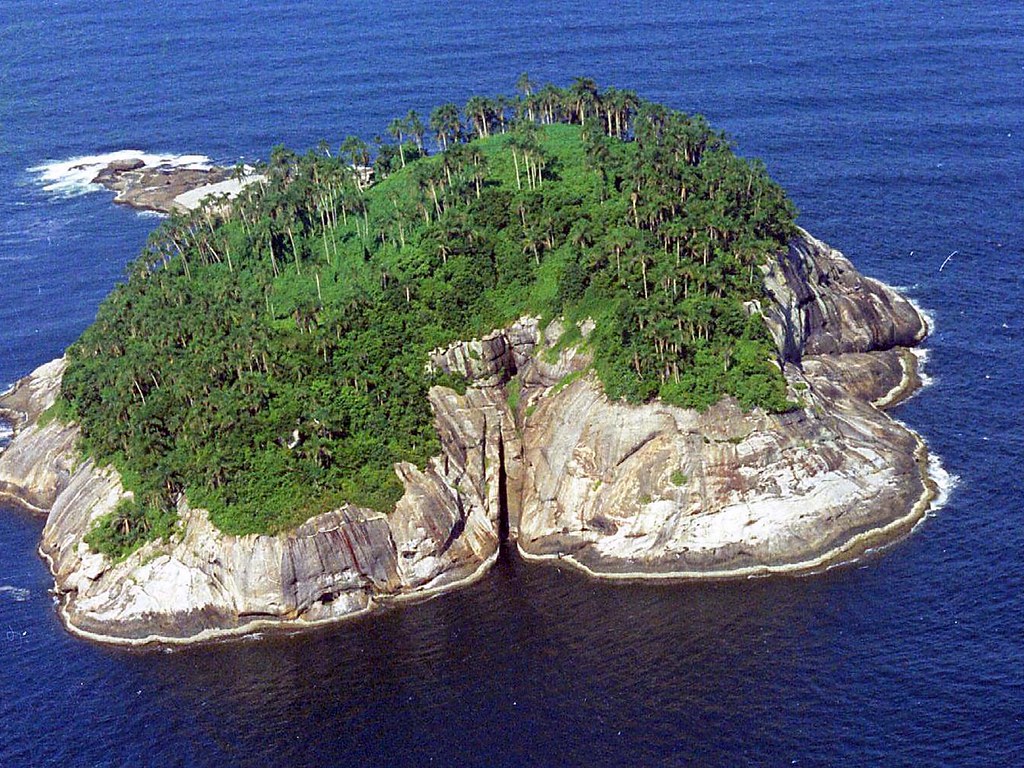
What are some of the riskiest
places you’ve visited in the world? Let us know in the comments
below!


